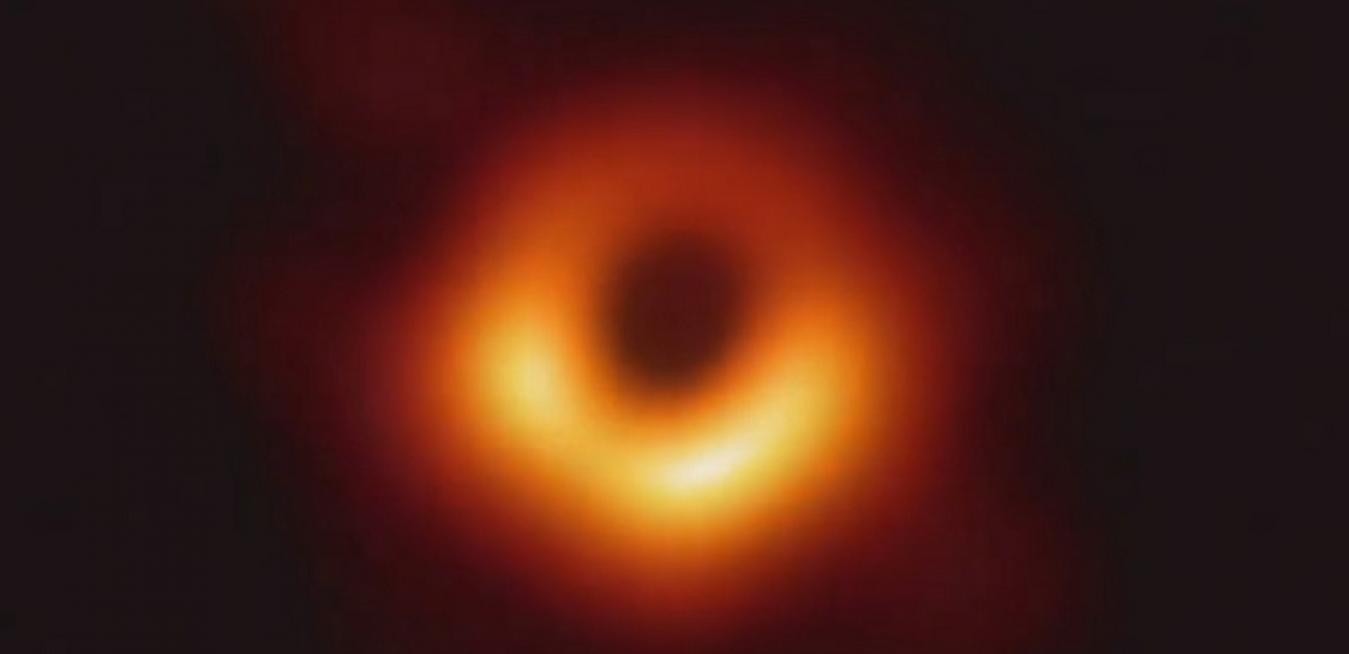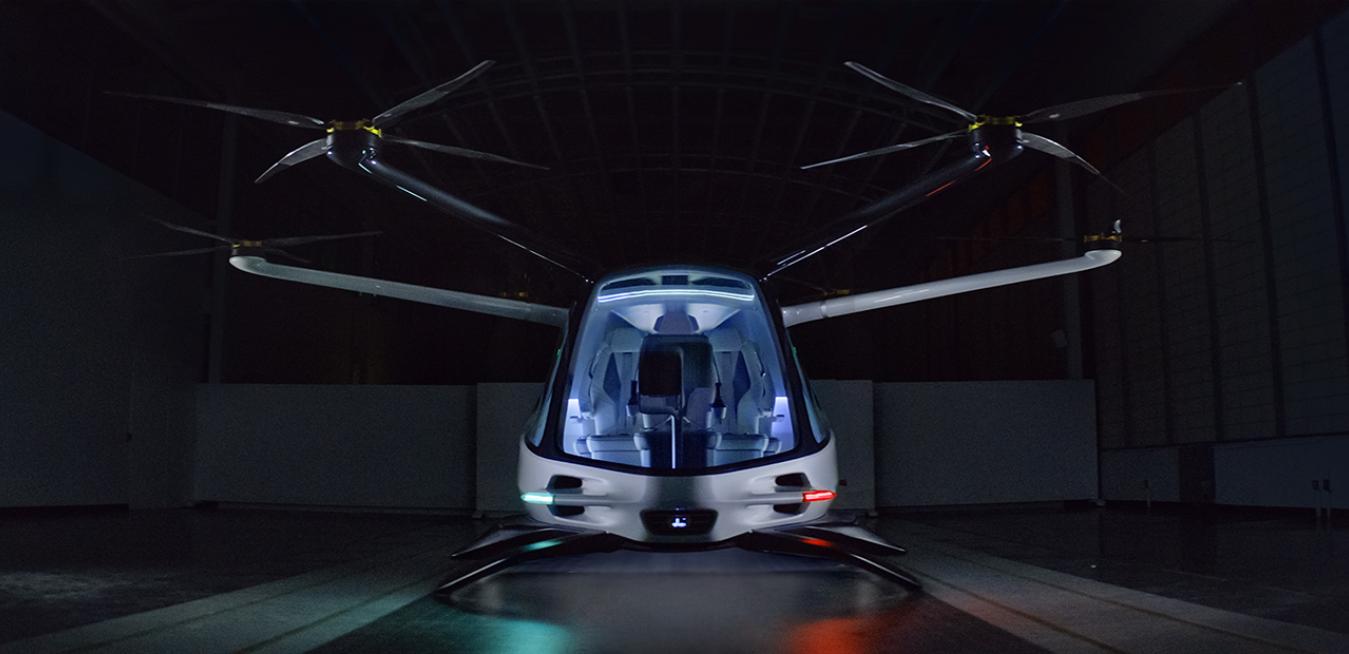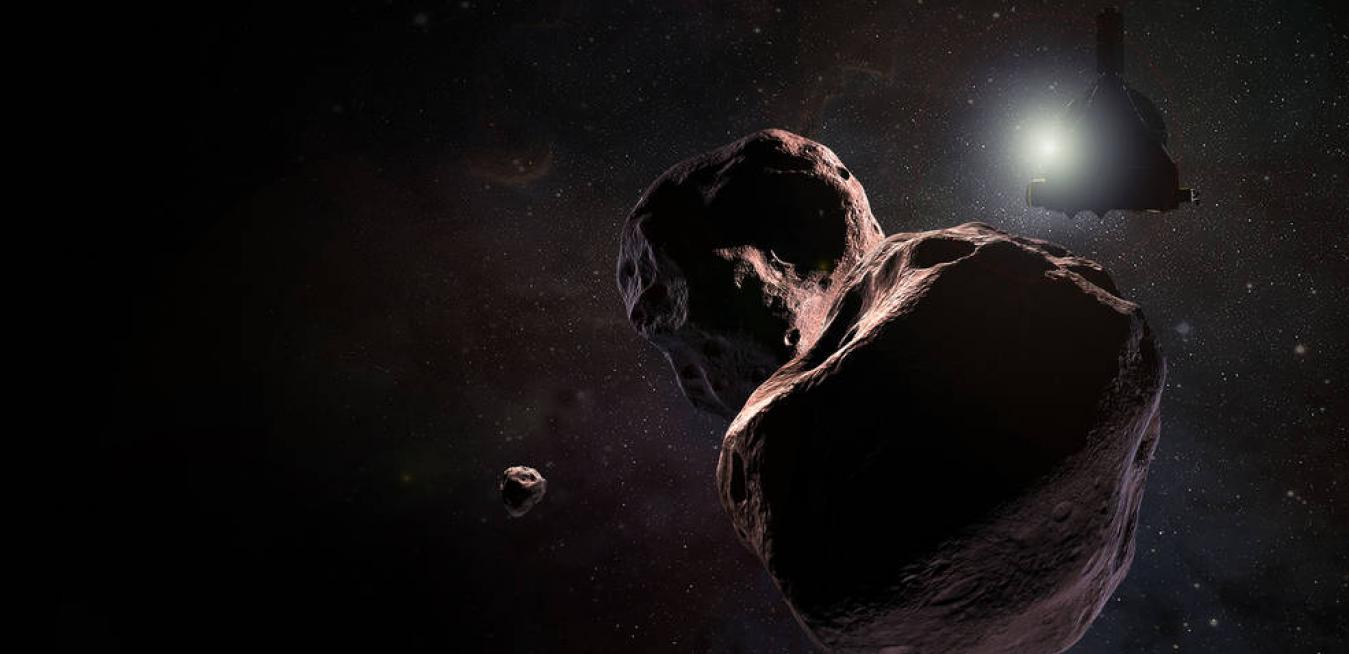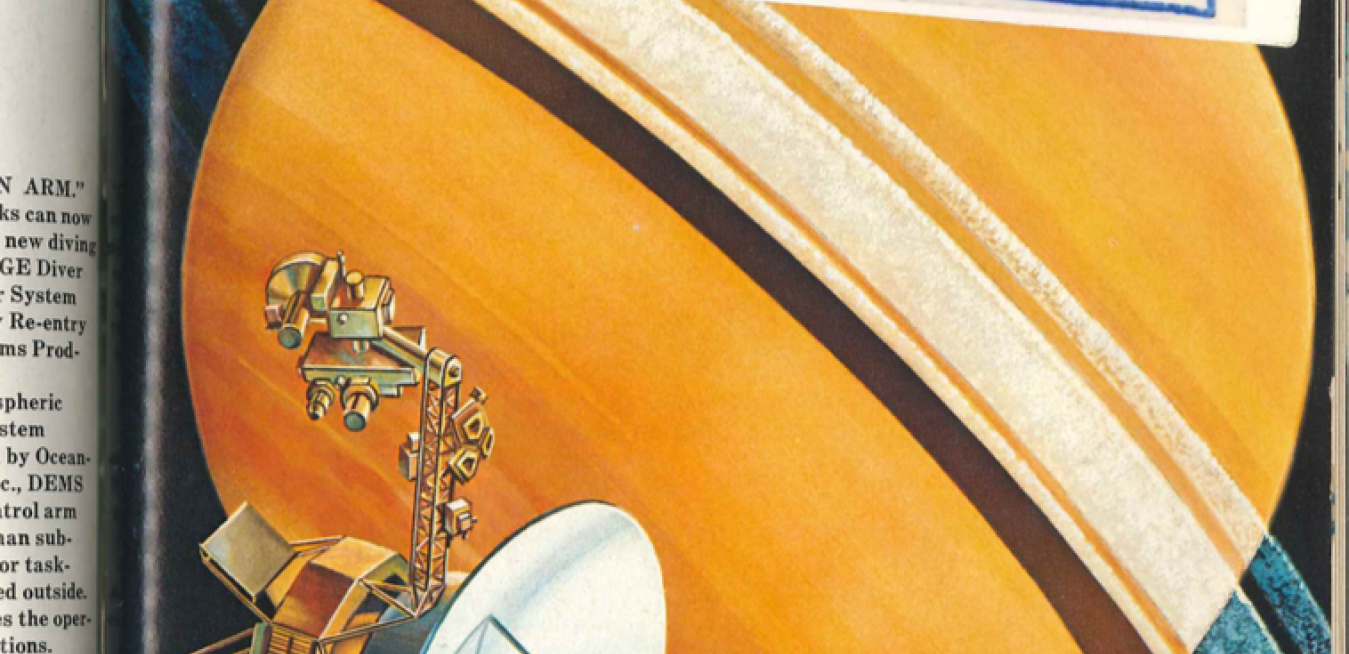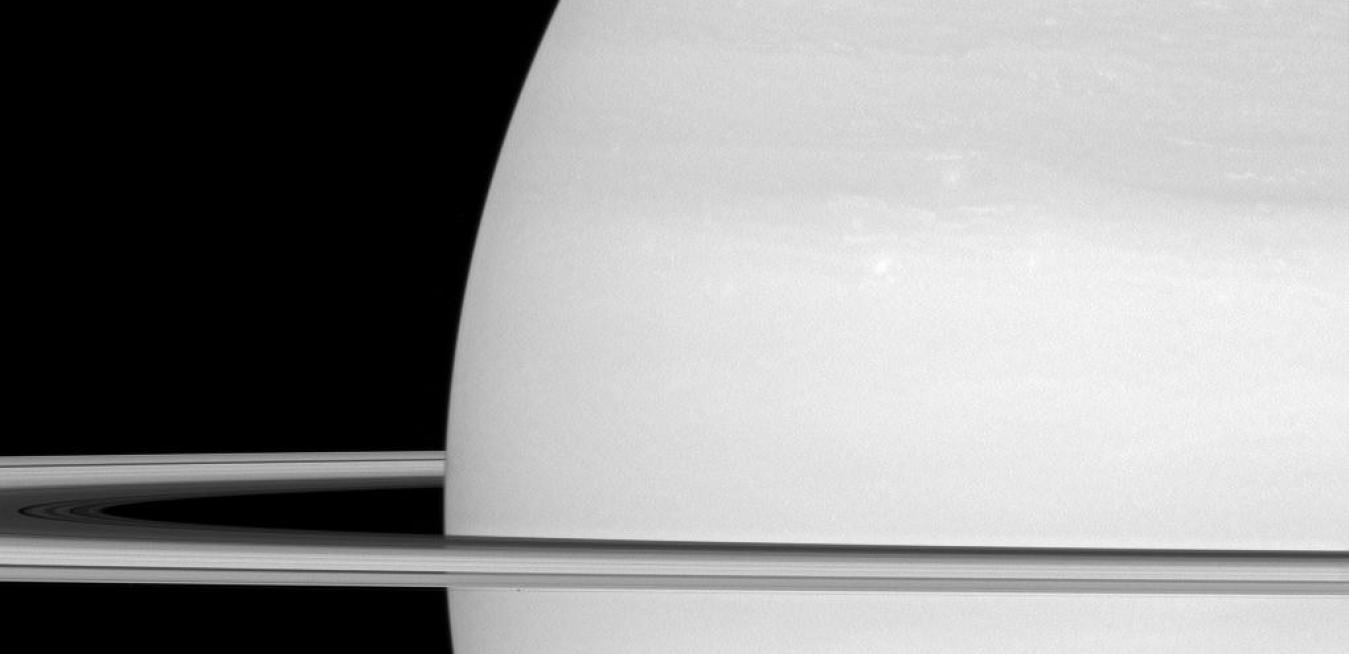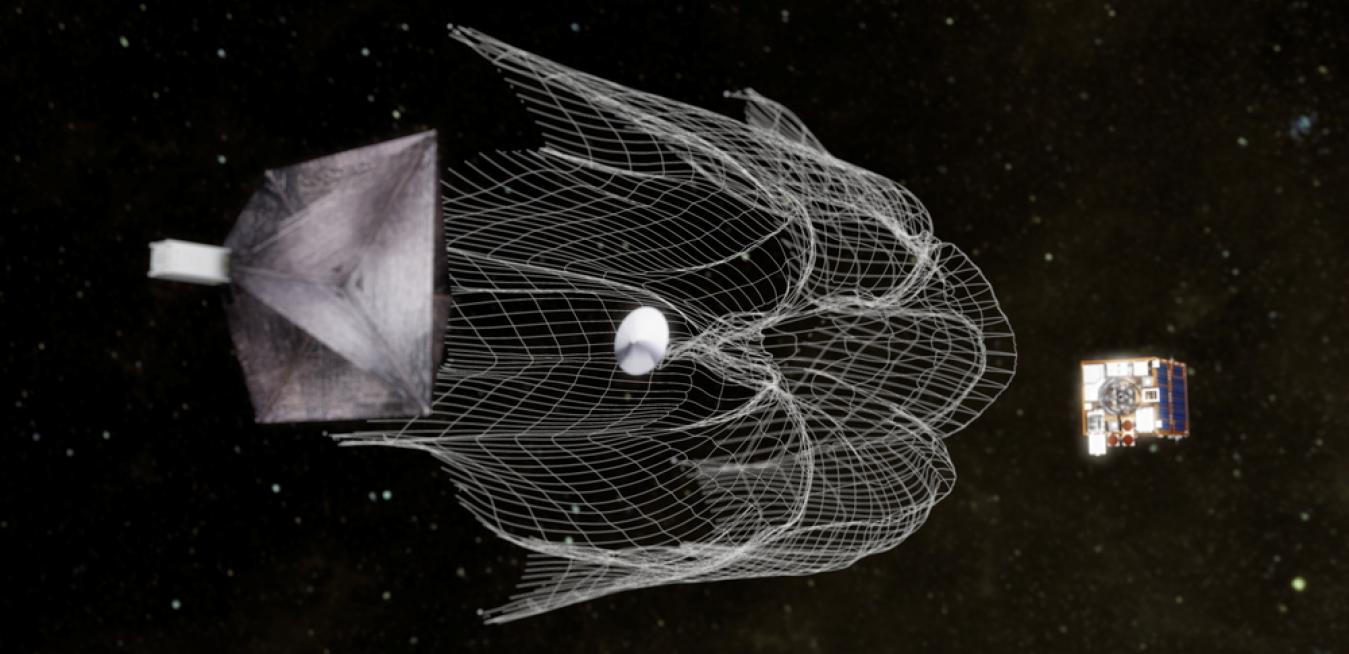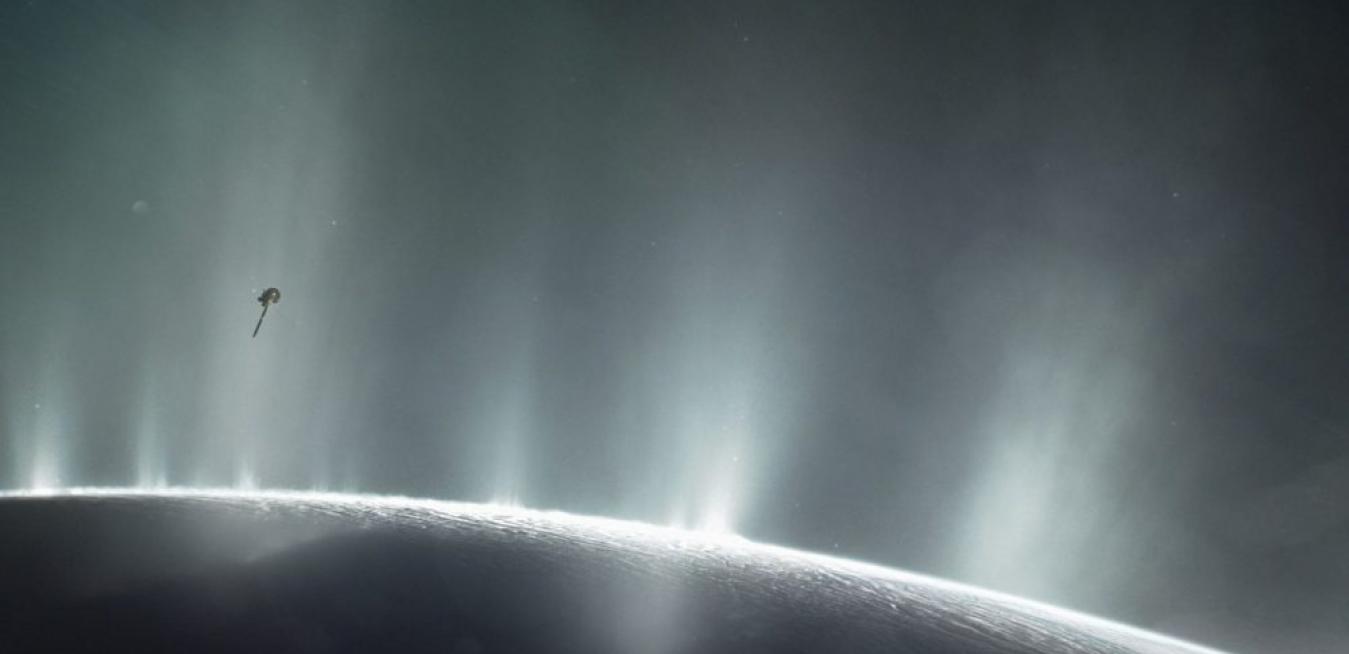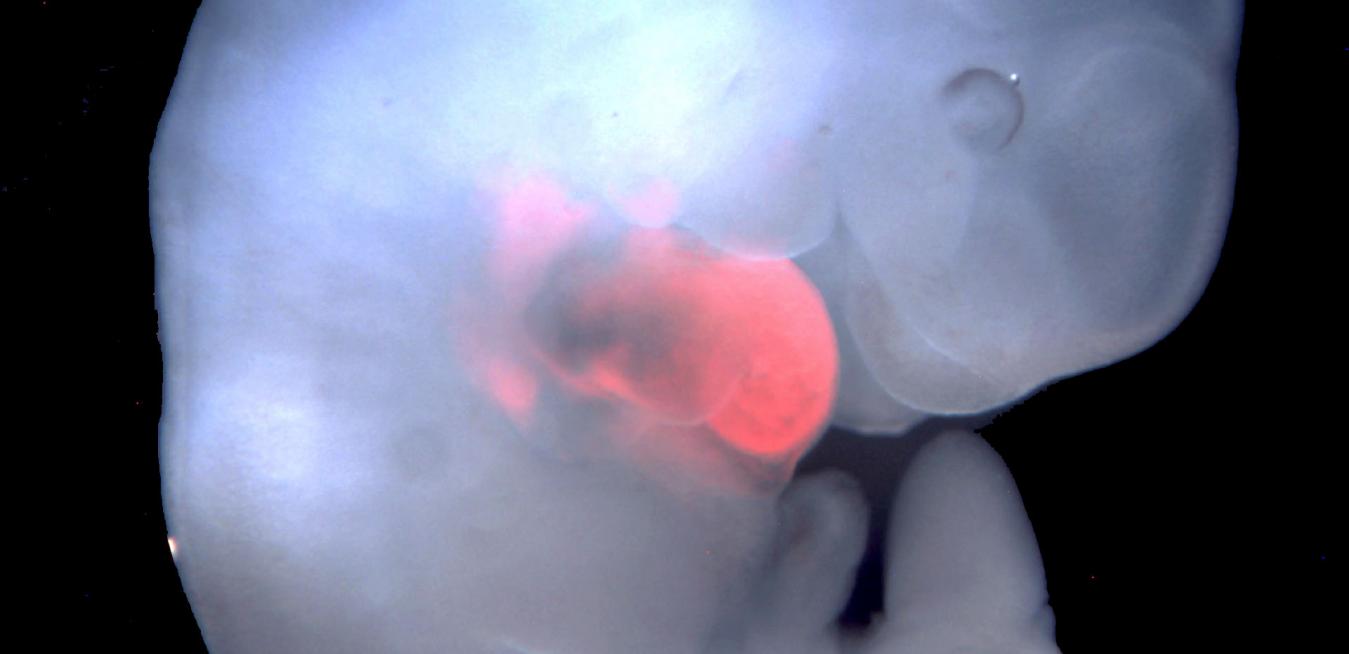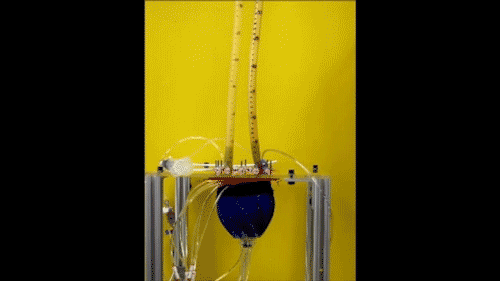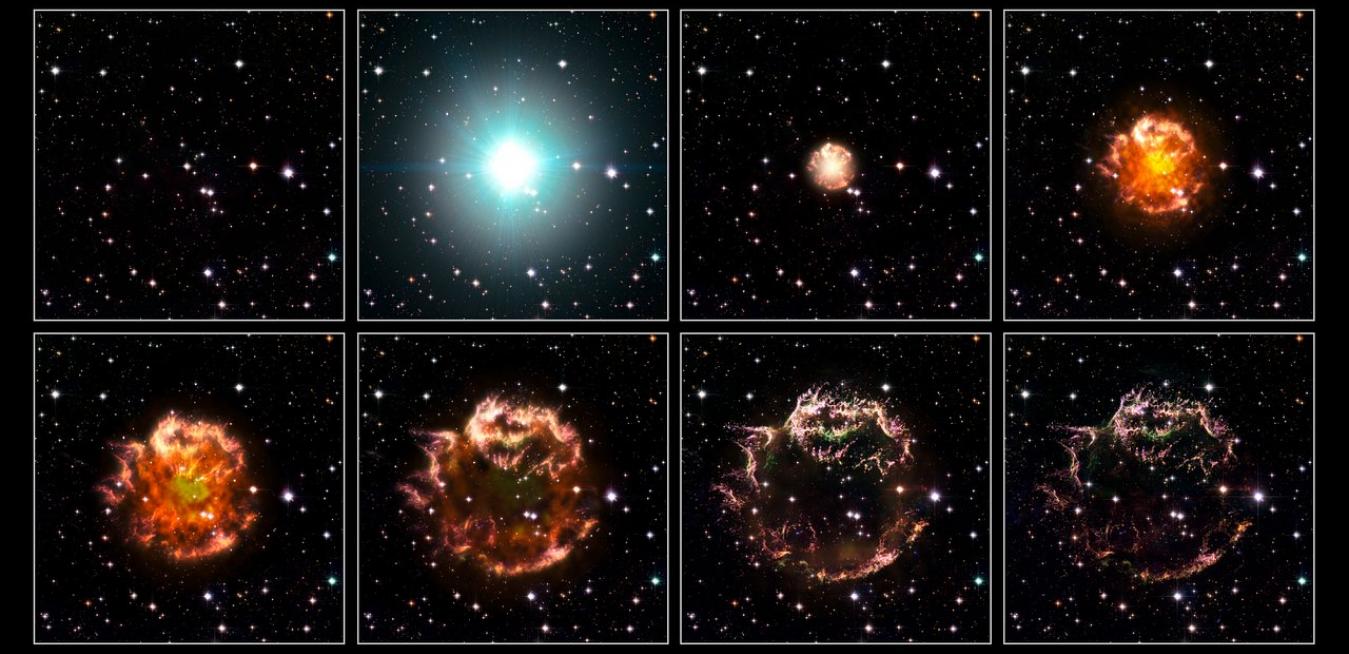Scientists devised a microscopic “submarine” that could ply the deepest interiors of the human body, delivering drugs to the exact places they’re needed, while engineers built a prototype of an “air taxi” powered by hydrogen fuel cells, and astronauts on board the International Space Station studied the effect of cosmic radiation on DNA. We’re way past planes, trains, and automobiles in this week’s coolest scientific discoveries.
Earlier this week, NASA announced that the Voyager 2 space probe has become only the second object made by humans to leave the solar system — specifically, the protective bubble called the heliosphere, which shelters the planets from galactic cosmic rays — and enter interstellar space. Voyager 1, the probe’s twin, achieved the same feat in 2012, flying on a more direct path.
Since man first ventured into the cosmos, space has been gradually filling up with space junk— remnants of old spacecraft, ejected pieces of equipment, parts of launch rockets and micro-fragments of glass and metal. This junk poses a real threat to our dependency on satellite services, but luckily Dr. Jason Forshaw, part of the RemoveDebris team, is launching one the world’s first missions to test space junk capturing technologies later this year. He explains what to expect.
This AI Can Rival Doctors In Spotting Skin Cancer
This Computer May Be Smarter Than Most of Us
